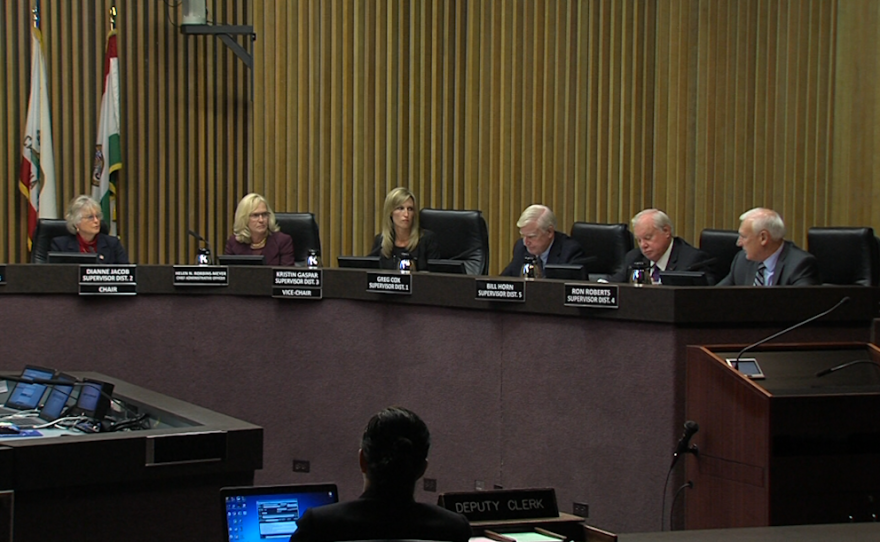The Board of Supervisors Tuesday will consider whether it's time to end a state of emergency over the hepatitis A outbreak in San Diego County.
County health officials earlier this month said that it may soon be time to end the declaration amid a declining number of cases and no additional deaths reported between the end of October and Jan. 2, which they said is a sign that the vaccination, education and sanitation efforts across the region have worked.
The officials told the board at that meeting they were ensuring procedures were put in place to end the declaration in the coming weeks.
The supervisors in September first voted to declare the emergency over the outbreak, the start of which was traced back to November 2016.
There were 577 reported hepatitis A cases in the county as of earlier this month. From May to September there was an average of 84 cases per month. There were seven cases last month, according to county health officials.
Special Coverage: San Diego's Hepatitis A Outbreak
Of those sickened by the disease, which attacks the liver, 20 have died, but none recently.
Officials have been considering ending the emergency declaration by looking at what the new "status quo" for hepatitis is in the county, said Dr. Nick Yphantides, the county's chief medical officer.
Residents in the region who contracted the disease in the past would often become infected while traveling abroad. The new normal could mean that there is some risk of contracting the disease here too, Yphantides said.
"I don't know if we're ever going to go back to where we were," he said.
Hepatitis A usually is transmitted by touching objects or eating food that someone with the virus has handled or by having sex with an infected person.
RELATED: Hepatitis A Outbreak Most Likely Over, Public Health Emergency Could End Soon
The disease doesn't always cause symptoms but can cause fever, fatigue, nausea, loss of appetite, yellowing of the eyes, stomach pain, vomiting, dark urine, pale stools and diarrhea, according to the HHSA.
The county and city governments took several steps to address the outbreak, including the spraying of a sanitizing formula on streets and sidewalks, the placement of portable hand-washing stations and restrooms in areas where the homeless congregate and a stepped-up immunization campaign.






